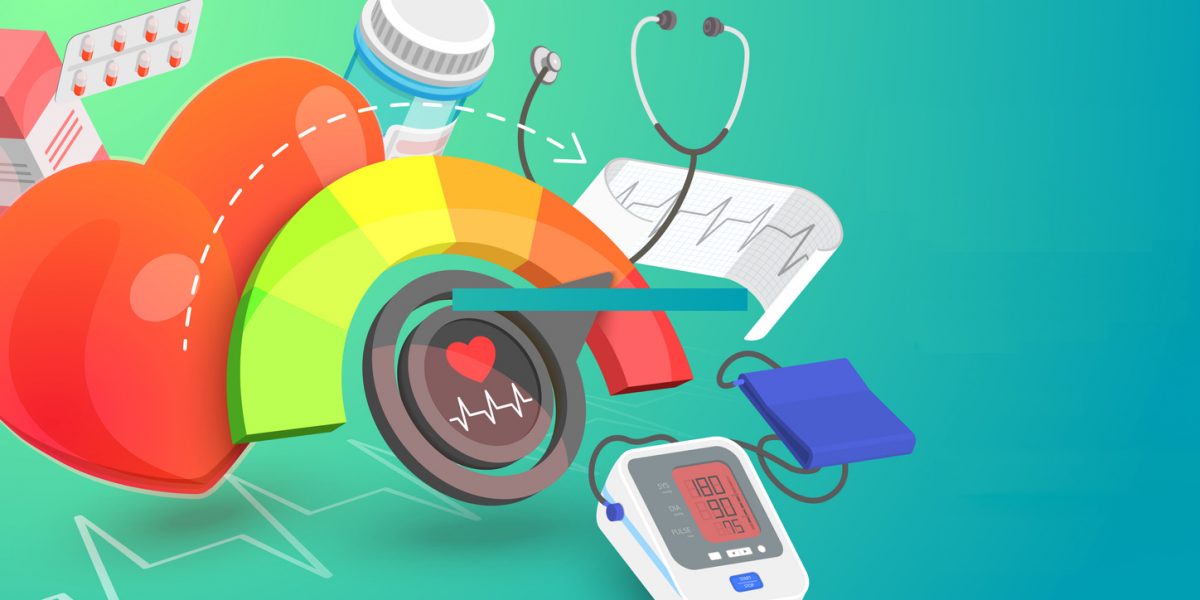Objective: We conducted a retrospective epidemiologic study assessing the incidence of new-onset diabetes mellitus presenting as diabetic ketoacidosis in patients with schizophrenic disorders (ICD-9 295.0-295.9; referred to as “schizophrenia patients” hereafter) treated with atypical antipsychotic agents.
Method: The identification of patients and the review of records were achieved by using an electronic database linking administrative and clinical laboratory data between January 1, 1995, and December 31, 2001. The main outcome measure was the incidence of diabetic ketoacidosis or hyperosmolar hyperglycemic syndrome per 10,000 patient years in patients with new-onset or existing diabetes mellitus. We also determined the incidence of diabetic ketoacidosis associated with the use of atypical antipsychotics and calculated the mean hemoglobin A1c (HbA1c) level for all patients.
Results: During the 7-year period, 18.4% of schizophrenia patients were diagnosed with diabetes mellitus, compared with 6.6% in the general hospital population (p < .001). After chart review, 23 schizophrenia patients were identified with diabetic ketoacidosis: 11 had diabetes presenting as diabetic ketoacidosis, 8 had diabetic ketoacidosis with known diabetes mellitus, 2 had new-onset diabetes mellitus-hyperosmolar hyperglycemic syndrome, and 2 had hyperosmolar hyperglycemic syndrome with known diabetes mellitus. The incidence of diabetes presenting as diabetic ketoacidosis in schizophrenia patients was more than 10-fold higher than that reported in the general population: 14.93 per 10,000 patient years in schizophrenia patients versus 1.4 per 10,000 patient years in the general population (p < .000001) and versus the 1.98 per 10,000 patient years in the general hospital population (p < .000001). The incidence of diabetic ketoacidosis for each of atypical antipsychotic drugs over the 7-year period was as follows: clozapine, 2.2%; olanzapine, 0.8%; and risperidone, 0.2% (no incidence with ziprasidone or quetiapine). Of the 11 patients with diabetes presenting as diabetic ketoacidosis, the mean HbA1c level at admission was 13.3% ± 1.9% (10.4%-16.9%).
Conclusions: The incidence of diabetes mellitus presenting as diabetic ketoacidosis in schizophrenia patients is higher than in the general hospital population and differs across atypical antipsychotic agents. Elevated HgbA1c levels observed suggests that patients had undiagnosed diabetes mellitus for at least several weeks before the diabetic ketoacidosis episode.
Please sign in or purchase this PDF for $40.00.




